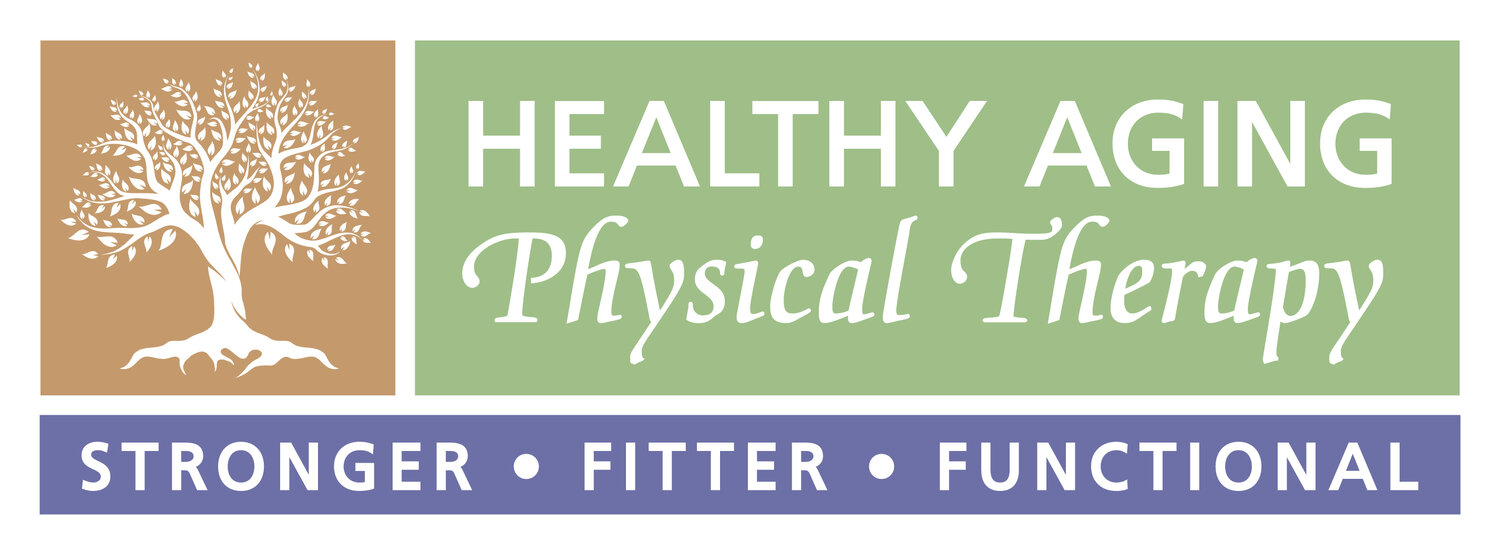
Home Safety Assessment
A comprehensive home safety and fall risk assessment can decrease your risk of falls and make your home a safer place to be.
Our Occupational Therapists are Home Safety Experts, and most of the time, this service is covered by your insurance. During your home safety assessment, our Occupational Therapist will evaluate potential hazards and assesses the living environment to ensure it meets your individual needs. This includes analyzing factors such as accessibility, fall risks, adaptive equipment requirements, and potential benefit of different environmental modifications. These modifications can enhance safety and independence for the occupant, and help create spaces that support successful aging in place.
If you have experienced any of the following, you might benefit from a Home Safety Assessment:
Recent falls: If you have experienced falls, or near falls at home, there are likely ways we can decrease your fall risk through home safety assessment.
Difficulty with daily tasks: If you find that you struggle to complete daily tasks like cooking, cleaning or using your bathroom for toileting and showering, either due to physical limitations or mobility issues, there are likely ways we can improve the accessibility in your home to make these tasks easier.
You have had a significant change in your health or are taking new medications: New diagnoses, hospital stays and other changes in your health can impact your mobility, endurance and safety at home. A home safety assessment may help identify ways to increase ease with mobility, improve accessibility and decrease fall risk.
Changes in your vision: If you are experiencing changes in your vision, like blurred vision, difficulty with glare or seeing double, a home safety assessment can help suggest changes to improve lighting, reduce glare and create better contrast to improve how well you see in your home. You may also benefit from a Functional Vision Assessment, which we can also provide.
Concerns from family or caregivers : When you’ve lived somewhere for a long time, it can be hard to think about making change. If caring family and friends have voiced concern about your safety at home, they may have a different perspective and have concerns that can be effectively addressed through a home safety assessment.
Planing to age in place: If you have the desire to age in place, a home safety assessment is a great first step in making this plan a reality. By being proactive, instead of reactive, you can create a safer environment to reduce your risk of falls, and make changes to improve your accessibility to help you maintain your independence.


